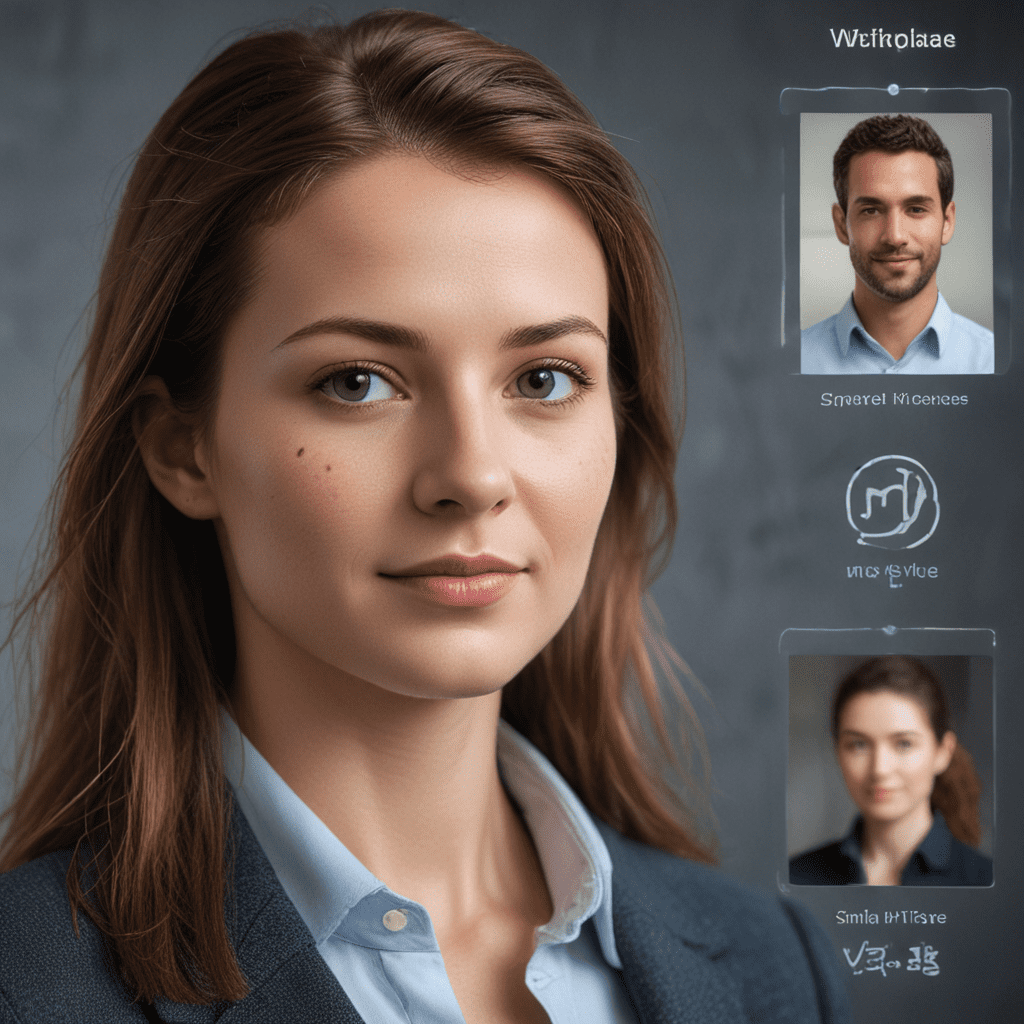
Facial Recognition Technology: A Tool for Social Good
Facial recognition technology (FRT) has emerged as a powerful tool with the potential to transform various aspects of our lives. Its applications extend far beyond security and surveillance, offering significant benefits for social good.
II. Identifying Missing Persons
FRT plays a crucial role in locating missing individuals, especially children and vulnerable adults. By comparing facial images with databases of missing persons, authorities can quickly identify and reunite them with their loved ones. This technology has proven invaluable in cases where traditional methods have failed, providing hope and closure to countless families.
III. Crime Prevention and Law Enforcement
FRT assists law enforcement in preventing and solving crimes. By matching facial images captured from surveillance cameras with databases of known criminals, police can identify and apprehend suspects more efficiently. This technology has been instrumental in deterring crime and increasing public safety, making our communities safer places to live.
IV. Healthcare and Medical Applications
FRT finds applications in healthcare, transforming patient care. It aids in diagnosing genetic disorders, tracking disease progression, and identifying medication side effects. Additionally, FRT can be used for secure patient identification, ensuring privacy and preventing medical errors.
V. Accessibility and Inclusion
FRT offers accessibility solutions for individuals with disabilities. It enables facial gestures to control assistive devices, allowing non-verbal individuals to communicate effectively. Additionally, FRT can be used to create personalized experiences for people with sensory impairments, enhancing their quality of life.
VI. Educational and Research Enhancements
FRT empowers educators by providing personalized learning experiences and enhancing collaboration. Facial analysis software helps identify students' emotions and attention levels, allowing teachers to adjust their teaching methods and provide targeted support. Researchers utilize FRT to analyze facial expressions, improving our understanding of human behavior, communication, and emotion.
VII. Smart Cities and Urban Management
FRT contributes to the creation of smart cities, optimizing urban services. It helps manage traffic congestion and improve transportation efficiency. FRT enables automated crowd monitoring, ensuring public safety and enhancing event management. Moreover, it facilitates data collection for urban planning, leading to informed decisions and improved city infrastructure.
VIII. Economic Opportunities and Innovation
FRT drives economic growth and innovation. It supports e-commerce and online banking through secure facial authentication, minimizing fraud and enhancing customer experience. FRT fosters new business models by enabling frictionless payments, personalized retail recommendations, and virtual try-on experiences. It also accelerates research and development, unlocking novel applications across various industries.
IX. Ethical Considerations and Privacy Concerns
FRT raises important ethical and privacy considerations. To mitigate concerns, strict regulations are necessary to ensure responsible use, data security, and informed consent. Transparent and unbiased algorithms are crucial to prevent discrimination or misuse. Robust privacy measures must be implemented to protect personal data and prevent surveillance abuses.
X. Conclusion: The Promise and Potential of Facial Recognition Technology
FRT holds the potential to revolutionize various aspects of our lives. By embracing responsible innovation and addressing ethical concerns, we can harness its benefits while safeguarding privacy and promoting social good. FRT has the power to create a safer, more efficient, and inclusive future.
Frequently Asked Questions
1. How does FRT work?
FRT analyzes facial images to create a unique digital representation. This representation is then stored in a database and used for matching with other images. Advanced algorithms enable highly accurate identification and verification.
2. Is FRT safe and accurate?
Yes, FRT has become highly accurate and reliable. Modern facial recognition systems use sophisticated algorithms that minimize errors and false identifications.
3. What are the benefits of using FRT?
FRT offers numerous benefits, including enhanced security, improved law enforcement, missing person identification, personalized experiences, and medical advancements.
4. What are the concerns about FRT?
Ethical considerations include privacy concerns, potential misuse, and the risk of bias. However, strict regulations and responsible implementation can mitigate these concerns.


